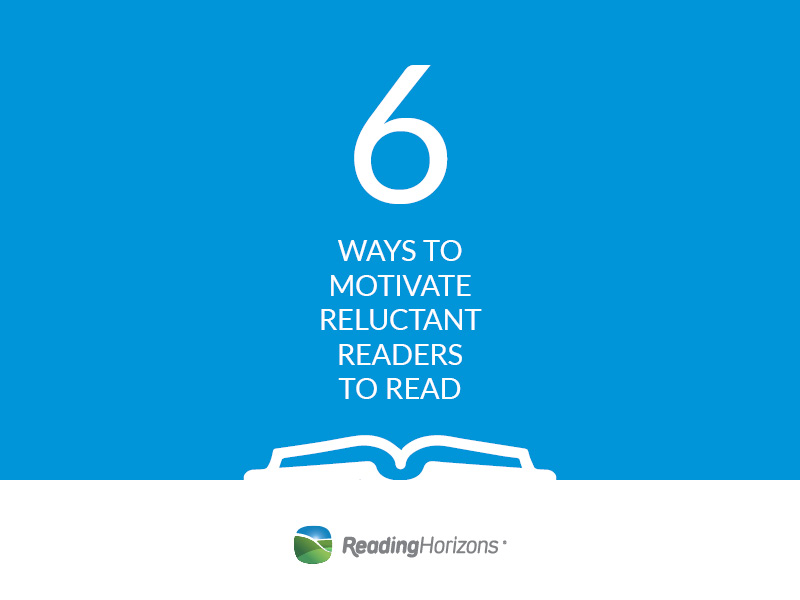1. Build their self-efficacy toward reading.
Self-efficacy is defined by Albert Bandura (1986) as “the beliefs that we have about ourselves that cause us to make choices, put forth effort, and persist in the face of difficulty.” He further suggests that the most effective source of promoting self-efficacy is through successful experiences in reading! This makes sense because most people are naturally motivated to do something they are good at. Think about it: when was the last time you were eager to do something that you were not good at? Make sure students experience success in reading.
2. Give them a choice.
By providing a choice to students about what they read, they will be more motivated. Think of self-efficacy and choice together as they greatly influence each other. It will be easier for a successful experience if students are given a choice about what they read. Also, encourage students to choose a topic of interest as it is more likely they will have some background knowledge. Next, direct students to find an article about the topic and read it while citing various information gained from it. Finally, provide an opportunity to share this information with a partner or even the whole class (if students are comfortable). Successful experiences in reading build self-efficacy, and giving students a choice on their reading topics help to foster success.
3. Make it real.
Nonfiction rocks! And it is where most of the high-stakes reading assessments focus upon, so the more readers are exposed to nonfiction text, the better prepared they will be for end-of-the-year assessments. Several research studies by Pappas (1993), Mohr (2006), and Marinak and Gambrell (2007) also state that early readers in Grades K-3 prefer informational text. Providing structured literacy materials will yield the greatest results, so make sure to include a plethora of nonfiction material. One suggestion is to start the school year off by administering an interest survey to gain valuable insight into what topics to make sure to have in your classroom library.
4. Make it relevant.
If students can relate to the subject matter, they will engage in reading. Find texts that involve topics that are relatable to your students. Exposure to real issues facing children and adolescents today will ultimately result in students getting more involved in the text. The more students practice deeper thinking strategies while reading (analysis, evaluation, and synthesis), the more habitual they will become. Relevant issues will promote rich conversations between students as well.
5. Plan for elements that require students to take a stand or position.
If students know they will be able to take a position/stand on an element within the text, they will take it seriously and work diligently to form and defend their opinion on an issue. This works especially well for older, reluctant readers. Debating or arguing a position is a task that requires students to move beyond comprehension and go to analysis and synthesis levels of cognitive processing. Students must develop these higher-level skills as they will be necessary to respond to real-world problems and situations.
6. Read aloud every day!
Even older students love being read to. One advantage of reading aloud is choosing a higher-level text because students’ listening comprehension level is higher than their independent reading ability. Therefore, this is a way to expose them to higher-level vocabulary. Reading aloud also provides an opportunity for the teacher to model reading strategies and build background knowledge for an upcoming topic or unit. Finally, it is an avenue to promote deeper thinking about the text because they are listening and being guided by questions; therefore, students can engage in discussions. Current events are a great place to get real, relevant articles.

